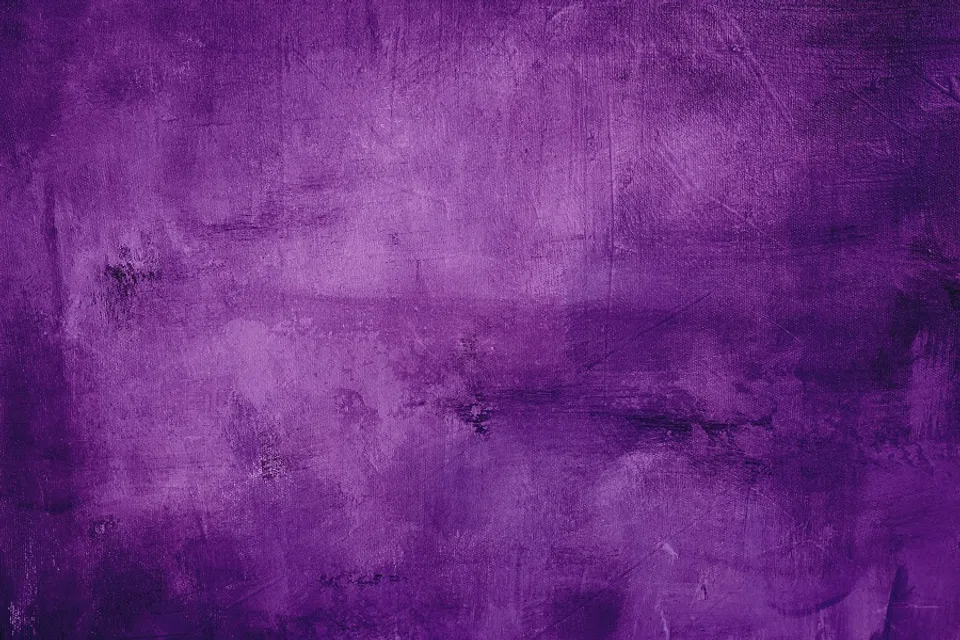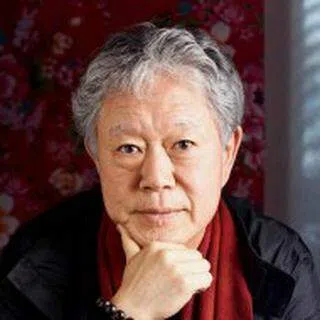Did Confucius abhor the colour purple?
Art historian Chiang Hsun sifts through countless shades of purple. Like the vicissitudes of life, they are at once strong yet fragile, beautiful yet complex, and transient yet everlasting.

This late summer, golden dewdrop flowers (from the Verbena family) are in full bloom outside my art studio. The deep purple of the flowers set against the green of the grass is mesmerising.
Purple is a complex colour. The golden dewdrop's purple is more blue than red; it fades into a pale pink or an off-white the nearer it gets to the petal's edge. This contrast highlights the deep purple, making it seem more flamboyant and flighty, to the point of being sinfully seductive.

Confucius had much to say about the colour purple: "Abhor purple for stealing the glory of vermilion" (恶紫之夺朱, originally meaning "to detest replacing righteousness with evil", but now implies "using evil to conquer righteousness").
Purple is a strong colour that is even more eye-catching than vermilion. Yet, purple is also a mixed colour. There can be many shades of purple - some more blue, some more red; some warmer, some cooler - each evokes a different feeling when it meets the eye.

A pinkish-purple is gentle and often the colour of ribbons used to wrap exquisite gifts. Purple can be very regal and symbolise authority and power. Indeed, purple was the imperial colour of the Roman Empire. During the Han dynasty, gold seals were adorned with purple ribbons. These uses show that purple was held in high regard.
The phrase ziqi dong lai (紫气东来, lit. "purple air comes from the East", implying the arrival of something auspicious) even exudes a mysterious aura from the celestial realm.
The manic purple has indeed stolen the splendour of the scarlet red flowers. Was Confucius afraid of such an inevitable and unruly finale?
But when a purple is blueish and deep, it becomes melancholic. Used inappropriately, it can even be devilish and induce fear. It may even look vulgar and coarse.

These are the last days of summer. Various flowers like the Mexican Petunia and the Pride of India are a vibrant purple-blue. They are eye-catching and dazzling, just like the crazed, desperate cries of the cicadas at season's end.
The manic purple has indeed stolen the splendour of the scarlet red flowers. Was Confucius afraid of such an inevitable and unruly finale? People always talked about the phrase hong de fa zi (红得发紫, lit "extreme red to the point of purple", i.e. to enjoy high popularity, to be at the height of one's power and influence), demonstrating that colours and emotions are closely related. Purple is sometimes like a warning, alerting one to take a break before one snaps.
Colour itself is innocent. I do not dislike purple. But in life, I will use it with caution.



![[Photos] Fact versus fiction: The portrayal of WWII anti-Japanese martyrs in Taiwan](https://cassette.sphdigital.com.sg/image/thinkchina/3494f8bd481870f7c65b881fd21a3fd733f573f23232376e39c532a2c7593cbc)

